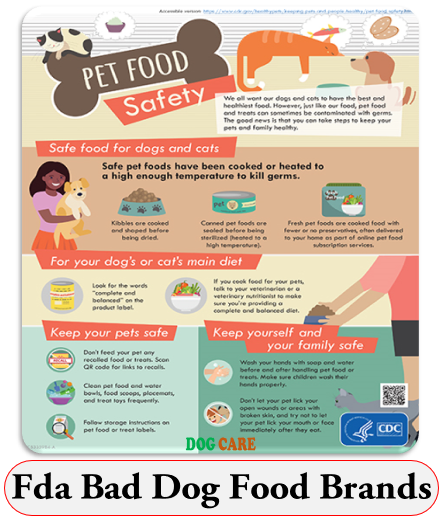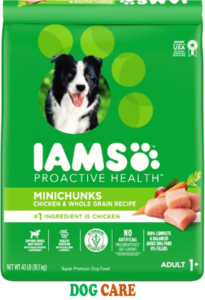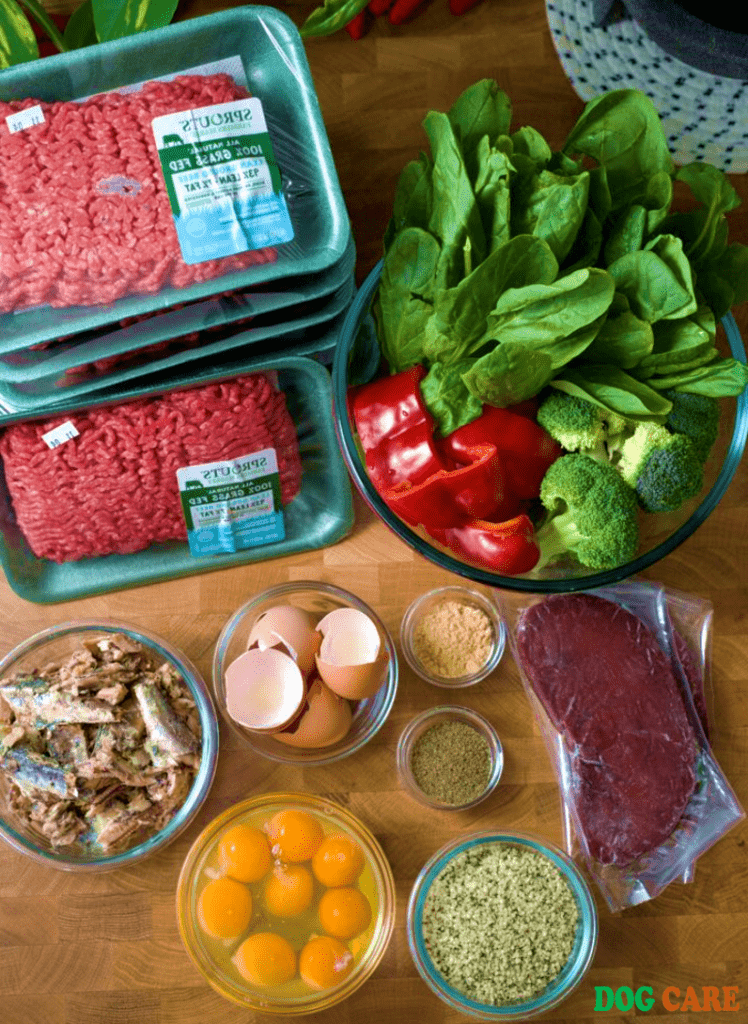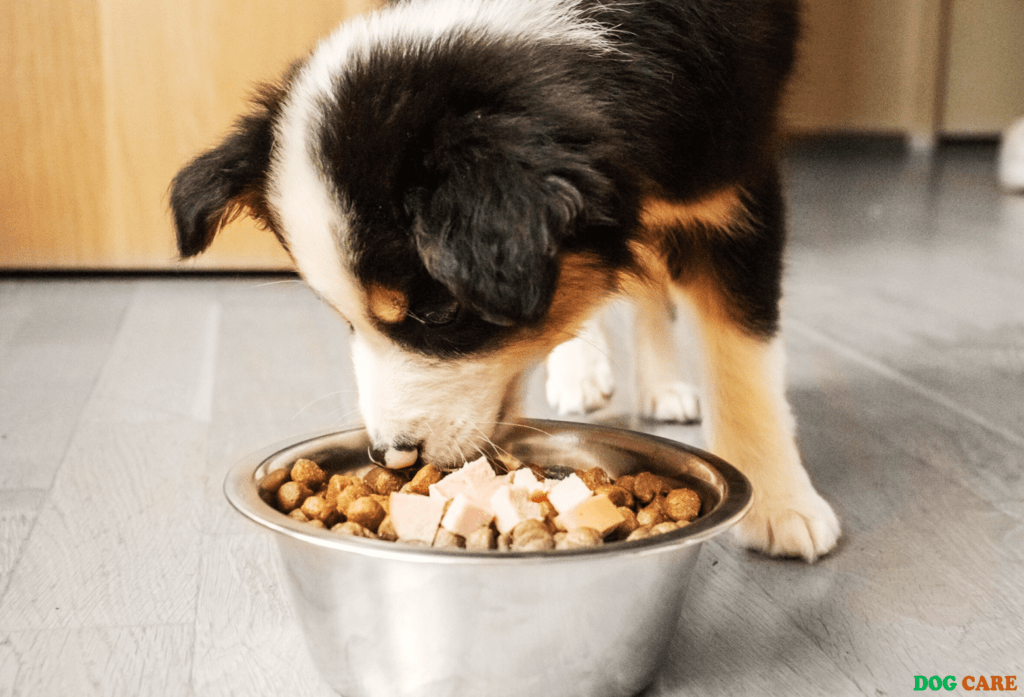Fda Bad Dog Food Brands – FDA has identified several dog food brands as bad due to potential health risks. This article will provide detailed information about these brands and the reasons behind their identification by the FDA.
The Food and Drug Administration (FDA) plays a crucial role in ensuring the safety and quality of the food we consume, including pet food. Unfortunately, there are instances where certain dog food brands have been flagged as problematic due to potential health risks.
These risks can range from contamination with harmful substances to inadequate nutritional value. Being aware of these bad dog food brands can help pet owners make informed decisions when it comes to feeding their furry companions. We will discuss the dog food brands that have been identified by the FDA as problematic and the reasons behind their identification.

Understanding Fda Regulations
When it comes to the safety of our beloved pets, understanding FDA regulations regarding pet foods is of utmost importance. The Food and Drug Administration (FDA) plays a crucial role in monitoring and ensuring the quality and safety of pet foods available in the market. By setting criteria for determining safe and toxic ingredients, they work diligently to protect our furry friends from potentially harmful substances. Let’s delve deeper into the role of the FDA in monitoring pet foods and their criteria for determining safe and toxic ingredients.
The Role Of The Fda In Monitoring Pet Foods
Boldly, the FDA takes on the great responsibility of overseeing the pet food industry. Their primary goal is to ensure that the foods we feed our furry companions meet certain safety standards. By diligently examining pet food labels, monitoring manufacturing practices, and investigating potential issues, the FDA ensures that pet food manufacturers comply with regulations.
Additionally, the FDA conducts research studies to identify potential risks and health concerns related to various pet food ingredients. By staying vigilant, they work to prevent illnesses and protect pets from consuming potentially hazardous substances.
The Criteria For Determining Safe And Toxic Ingredients
When it comes to determining the safety of ingredients, the FDA establishes strict guidelines. They evaluate each ingredient based on scientific evidence and years of research. The criteria used by the FDA focus on various factors such as:
- Chemical composition: The FDA closely assesses the ingredients to ensure they do not contain harmful chemicals or contaminants that could pose a risk to pets’ health.
- Nutritional value: Pet food must provide the necessary nutrients to keep pets healthy and thriving. The FDA verifies that the ingredients included in pet foods meet the required nutritional standards.
- Potential allergens: Allergens can cause adverse reactions in pets, so the FDA pays careful attention to identify potential allergenic ingredients. By doing so, they help pet owners make informed decisions about the foods they choose for their furry friends.
- Processing methods: The FDA also considers how ingredients are processed. They evaluate whether the manufacturing practices used to create pet foods are safe and comply with regulations.
By strictly adhering to these criteria, the FDA ensures that pet food manufacturers only use safe and healthy ingredients in the products they offer. This allows pet owners to have peace of mind knowing that the food they provide to their beloved pets meets the highest standards of safety and quality.
Identifying Bad Dog Food Brands
Identify bad dog food brands by checking the FDA’s list of recalled products. Stay informed about potential health risks and make better choices for your furry friend.
Common Toxic Ingredients To Watch Out For
When it comes to the safety and well-being of our furry friends, it’s crucial to be aware of the common toxic ingredients used in some dog food brands. These ingredients can have harmful effects on dogs’ health and may lead to allergies, gastrointestinal problems, or even more serious conditions. By knowing what to watch out for, you can make informed decisions and ensure your four-legged companion is consuming only the best quality food.
| Common Toxic Ingredients | Effects on Dogs |
|---|---|
| Poultry by-products | Allergic reactions, digestive issues |
| Artificial preservatives (BHA, BHT, ethoxyquin) | Potential carcinogens, liver and kidney damage |
| Artificial colors (Caramel, Red 40, Yellow 5) | Hyperactivity, allergic reactions |
| Corn, wheat, and soy | Common allergens, digestive problems |
| Meat by-products | Inferior quality, lack of nutritional value |
Recognizing Misleading Marketing Claims
Many dog food brands use misleading marketing claims to attract customers. It’s important to be aware of these tactics and not fall for false promises. Be critical and understand that claims such as “all-natural,” “organic,” or “premium quality” don’t always mean a product is truly healthy for your dog. Always dig deeper, read labels, and look for certifications from reputable organizations, such as the Association of American Feed Control Officials (AAFCO), to ensure the claims are backed by proper standards.
The Importance Of Reading Labels And Ingredient Lists
When it comes to choosing the right dog food, reading labels and ingredient lists is crucial. Take the time to carefully analyze the information presented. Look for specific ingredients that are beneficial, such as high-quality proteins like chicken or fish. Avoid generic terms like “meat by-products” or “animal digest,” as they may indicate lower quality ingredients. It’s also important to understand the order in which ingredients are listed. The first ingredient should ideally be a named meat or meat meal, indicating that it is the primary source of protein.
In conclusion, being able to identify bad dog food brands is essential for the health and well-being of our beloved pets. By understanding common toxic ingredients, recognizing misleading marketing claims, and taking the time to read labels and ingredient lists, we can ensure our dogs are consuming nutritionally balanced, safe, and high-quality food.
Top 5 Toxic Kibble Options To Avoid
When it comes to choosing the right food for our beloved furry friends, it’s essential to make informed decisions. Unfortunately, not all dog food brands prioritize the health and well-being of our pets. The FDA has identified certain kibble options that may pose a risk to dogs, containing potentially harmful ingredients or lacking proper quality control. To help you keep your canine companions safe, we’ve compiled a list of the top five toxic kibble brands to avoid.

Ol’ Roy : Ol’ Roy Dog Food
The first brand on our list to beware of is Ol’ Roy Dog Food. Despite their attractive packaging and enticing marketing claims, Ol’ Roy Dog Food has been flagged by the FDA for questionable ingredients. This volatile combination of artificial additives, unidentified fillers, and chemical preservatives puts your dog’s health at risk. Keep your furry friend safe by steering clear of Ol’ Roy Dog Food.
Gravy Train : Abc Canine Cuisine
Next up, we have ABC Canine Cuisine, another brand that falls short in terms of quality and safety standards. This brand has been found to contain high levels of allergens, such as wheat and soy, which can lead to digestive issues and allergic reactions in dogs. Additionally, ABC Canine Cuisine lacks transparency when it comes to their sourcing and manufacturing practices, making it difficult to trust their product.
Dog Chow : Def Pet Nutrition
DEF Pet Nutrition may sound like a reputable choice, but don’t be fooled by its name. This brand has made it onto the FDA’s list of kibble options to avoid due to its inclusion of artificial coloring agents and potentially harmful preservatives. These additives have been linked to various health problems in dogs, including allergies, skin irritations, and more. Safeguard your pet’s health by omitting DEF Pet Nutrition from their diet.
IAMS : Ghi Doggy Delights
GHI Doggy Delights may claim to offer delightful treats, but their kibble falls far from the mark. Containing excessive amounts of salt, sugar, and unhealthy fats, this brand’s kibble can contribute to obesity, diabetes, and other chronic health issues in dogs. Give your furry friend the right sustenance and bypass GHI Doggy Delights altogether.
Pedigree : Jkl Kibble For Dogs
Last but not least, we have JKL Kibble for Dogs, a brand that should be on every dog owner’s blacklist. This brand has been found to include low-quality protein sources, such as by-products and meal substitutes, which lack necessary nutrients. Proper nutrition is vital for your pet’s overall health and longevity, so it’s crucial to opt for a brand other than JKL Kibble for Dogs.
By avoiding these top five toxic kibble brands, you can prioritize your furry friend’s well-being and make sure they are getting the nutrition they need. Remember to always read the ingredient labels and choose quality dog food options that meet your pet’s specific dietary requirements.
Frequently Asked Questions Of Fda Bad Dog Food Brands
What Brands Of Dog Food Did The Fda Recall?
The FDA recalled several brands of dog food due to potential contamination.
What Dog Food Is Currently Recalled 2023?
As of 2023, there are no current dog food recalls.
What Are The 16 Dog Foods To Avoid?
Avoid the following 16 dog foods:
1. Grains like corn, wheat, and soy.
2. Artificial additives like colors and flavors.
3. By-products and fillers.
4. Chemical preservatives like BHA, BHT, and ethoxyquin.
5. Low-quality meats and meat meals. 6. Artificial sweeteners like xylitol.
7. Dairy products.
8. Processed foods.
9. High-fat foods.
10. Excessive sodium.
11. Raw fish.
12. Avocado.
13. Onions and garlic.
14. Chocolate.
15. Alcohol.
16. Caffeine.
What Dog Foods Are Not Recommended By Vets?
Vets do not recommend certain dog foods due to low-quality ingredients or unhealthy additives. These can include foods that have artificial preservatives, fillers, or excessive amounts of grains. It’s important to consult with your vet to find the best food for your dog’s specific needs.
Conclusion
After reviewing the list of FDA bad dog food brands, it is clear that pet owners need to be vigilant about the food they provide to their furry friends. The health and well-being of our beloved pets depend on it.
Ensuring that we choose reliable brands and prioritize their safety should be our top priority. Let’s strive to make informed decisions and provide our dogs with the nutrition they deserve.



